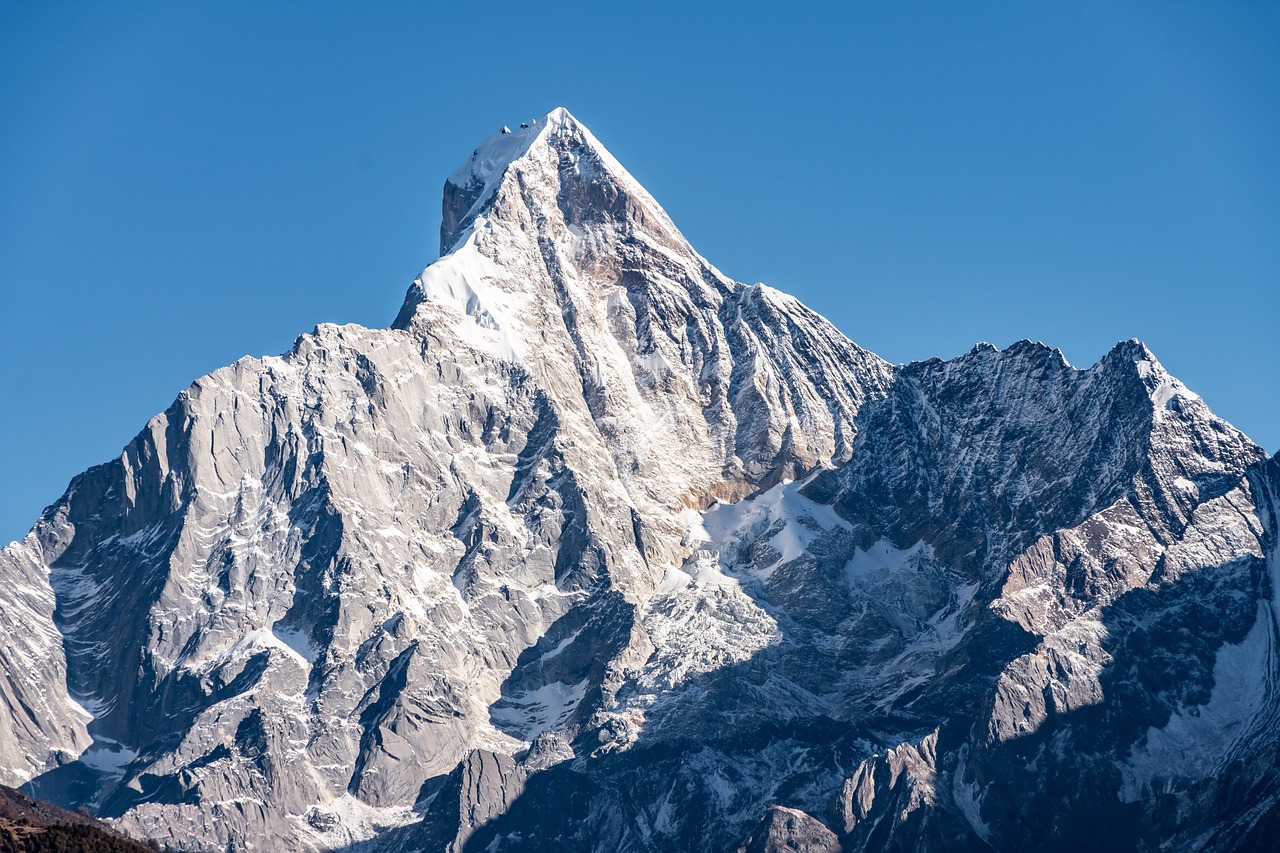Mountain Adventures

From day hikes to alpine ascents, this field guide covers training, safety, gear, navigation, weather, and mindful mountain travel.
by infinitying.com Travel Editor
A Mountain Mindset
Mountains teach humility. You don’t conquer them—you earn brief passage when weather, fitness, and judgment align. A smart plan, an honest pace, and steady attention to conditions make the difference between a memorable push and a miserable epic. This guide is a practical companion for hikers moving from easy trails to ridgelines, scrambles, and glaciated routes. Take what applies, practice often, and keep room for wonder.
Training & Safety
- Build the engine: Weekly aerobic base (walks, zone‑2 runs, cycling), plus stair or hill repeats to simulate climbs.
- Strength: Focus on posterior chain, single‑leg stability, and core. Lunges, step‑ups, deadlifts, carries.
- Practice with your pack: Hike with the weight you’ll carry. Dial in shoulder strap length and hip belt tension.
- Acclimatization: Above ~2,500 m, ascend gradually. Sleep low when possible and know the signs of AMS/HAPE/HACE.
- Turnaround times: Set a hard return time before you leave the car. Weather and daylight rule all decisions.
Layering & Thermoregulation
Dress to stay dry and draft‑free. Sweat is your enemy in wind and altitude. Start slightly cool, vent often, and adjust as soon as you feel clammy.
- Base: Wicking wool or synthetic (no cotton).
- Mid: Active insulation (grid fleece, light synthetic puffy).
- Shell: Windproof/waterproof with pit zips.
- Essentials: Sun hat, beanie, light gloves, and an emergency insulated layer.
Navigation & Route‑Finding
- Redundancy: Map + compass + phone GPS. Download offline maps; bring a battery bank.
- Terrain reading: Contours tell a story—look for benches, gullies, false summits, and safe escape lines.
- On snow or scree: Probe for firm footing, avoid terrain traps, and preserve energy with zig‑zagging switchbacks.
- Group management: Keep voices in earshot, regroup at junctions, and brief hazards before committing.
Weather: Read, Plan, Adapt
Forecasts shrink uncertainty but never erase it. Mountain weather forms quickly and punishes hesitation.
- Check multiple sources: National weather, mountain‑specific apps, local ranger notes.
- Wind & isotherms: Gusts over 40 km/h reshape plans; freezing levels dictate surface conditions.
- Thunderstorms: Start early, aim to be off ridges before noon in convective seasons.
- Winter: Read avalanche bulletins, carry beacon/shovel/probe, and choose terrain conservatively.
Gear Essentials
- Boots or trail shoes with grip; test them wet.
- Adjustable poles for climbs/descents and river crossings.
- Daypack (20–30L) with hip belt; pack heavy items close to the spine.
- Headlamp + spare batteries; phone light is not a plan.
- First aid kit + blister care; practice taping before race day.
- Water treatment (filter, tabs) and 2–3L capacity.
- Nutrition: 250–350 kcal/hour across carbs, fat, salt.
- Emergency bivy, lighter, tape, and a short cord.
- Seasonal: microspikes/crampons/axe, glacier kit if appropriate.
Pacing, Hydration, and Fuel
Most bonks are planning problems. Eat and drink before you feel desperate; set a 30–45 minute timer and stick to it. Small, steady inputs keep legs cooperative and judgment sharp.
- Alternate water and electrolyte sips; heat, altitude, and wind each raise intake demands.
- Mix quick carbs (chews, gels, fruit) with dense real food (nuts, wraps, jerky).
- In cold: warm tea or soup in a thermos can be the morale tool that saves the day.
Risk, Decision‑Making, and Turning Back
Great mountaineers are great quitters. A summit is optional; returning is mandatory. Use check‑ins at pre‑marked waypoints: How’s the weather trend? Is the team still eating? Are we on schedule? Do we have the margin to handle a small problem?
Sample Objectives by Level
- Beginner: Waymarked day hikes, 400–800 m gain, stable trails, clear exits.
- Intermediate: Class 2–3 scrambles, snow travel basics, simple navigation legs.
- Advanced: Mixed terrain, overnight packs, glacier travel with partners.
- Training ladder: Park stairs → local hill reps → ridge traverse → shoulder‑season snow → easy alpine rock.
- Goal examples: Tatra ridges, Rockies fourteeners, Alps hut routes, Andean acclimatization circuits.
Leave No Trace & Mountain Courtesy
- Stay on durable surfaces; pass gently; yield to uphill traffic.
- Pack out everything—microtrash counts. Disperse rest stops off‑trail.
- Keep noise low; let the wind and ravens do the talking.
- Respect closures and seasonal wildlife protections.
A Final Word
Mountains will still be there tomorrow. Patience grows your range; small objectives compound into big capacity. Enjoy the sun on a granite slab, the crunch of late‑season snow, the smell of pine needles and stove fuel. If you come home tired, hungry, and eager to go again, you did it right.
Disclaimer: infinitying.com is a travel content and discovery platform that provides information, inspiration, and third-party links related to airfare and destinations. We are not affiliated with any airline, booking platform, or travel agency, nor do we sell airline tickets or travel products directly. All travel prices and offers featured are for informational purposes only and may be subject to availability, change, or additional terms from external providers. infinitying.com does not warrant or guarantee any third-party services, and users are encouraged to verify all travel details independently before making bookings.